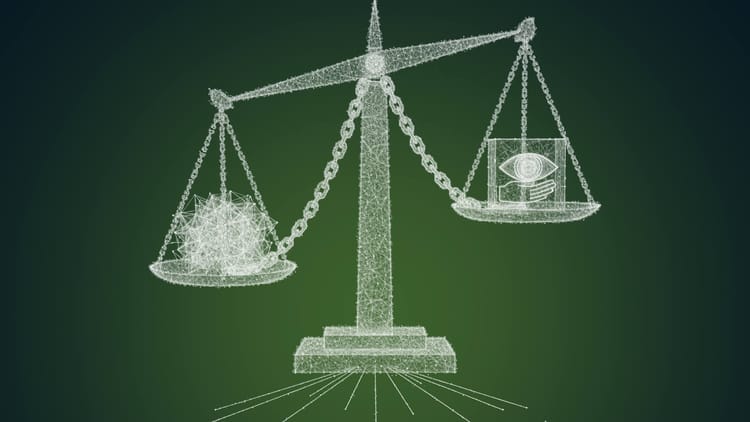One of Plato’s former teachers, Cratylus, wrote, “you can’t even step in the river even once.” I like tossing this metaphor around when discussing humanitarian interventions because, as Cratylus observed, circumstances are continuously in flux, they are chaotic. And while the simple act of stepping into a river may seem repetitive with a predictable outcome – you get wet – in fact, it is anything but; and any attempt to name it is as such is blissful ignorance.
This perception that humanitarian organisations have the solutions for outer worldly disasters and conflicts, for example the 276 Chibok school girls abducted by the Islamist militant group Boko Haram in April 2014, simply because these institutions have spent decades, even centuries, completely absorbed in nothing but implementing humanitarian interventions is a dangerous misperception.
Complex solutions for Complex Systems
Each intervention, disaster, conflict, response, and recovery are different from the last, not because the actors change, but rather because the system changes – the variables; the velocity; the duration; the climate; the cost – social, economic and cultural.
The underlying system is complex, yes, but it is far more chaotic which is a better operating environment for the emerging, decentralised Web 3 tools and solutions to help create pathways needed to migrate traditional financial and humanitarian institutions on-chain (i.e. Web 3 wallets).
To this end, chaos appears random but is generated by non-random, basic deterministic processes. And because it is not random, we can model the outcomes, not based on our perception or learned experience or mental health, but with the support of AI and advanced DLTs.
Volcano catastrophe bonds on Blockchain
A good example of piecing this all together such that a Web 3 pathway is created is the 2021 volcano catastrophe bond that the Danish Red Cross issued on a blockchain developed by Replexus (UK), modeled by Mitiga Solutions (as spinoff of Barcelona Supercomputing Center), and supported by Howden Group Foundation.
In this case, the ReFi meme was less about regenerative agriculture and more about resilience, disaster response, and ESG. Indeed, the volcano cat bond was issued by Dunant Re, a fully licensed reinsurance company in Guernsey, set-up by Danish Red Cross and Replexus for the purpose of issuing humanitarian cat bonds on blockchain.
Dunant Re was not only named reinsurance company of the year from the global insurance industry but also was the world’s first pure ESG insurance company. This ESG accreditation was important because it is another gateway drug essential for moving institutions on-chain.
It is notable the role chaos theory, and specifically deterministic processes played in migrating these institutional investors on-chain. The cat bond they purchased structurally looked and acted like one hundred percent of the previous cat bonds they’ve purchased; the only difference was the delivery system – blockchain.
Today, the institutional investors who purchased Danish Red Cross cat bonds went from clearing on Euroclear or DTC to operating nodes - on Replexus ILS blockchain; buying and selling securities - on chain; transferring funds/tokens - on chain; auditing transactions- on chain; receiving NFTs – on chain; and tokenising other assets - on chain.
An important lesson we learned and, perhaps, why our cat bond was successful is as follows:
In finance, traditional institutional investors are willing to take risks to earn their alpha, but only if all other variables – structure, regulations, counterparties – are held constant and predictable.
Humanitarian organisations operate in similar fashion; however, they don’t control their own operational or financial risk; to wit, they haven’t figured out how to calculate risk, and thus shoulder an unfathomable amount of it. Technology, such as Web 3, can help control risk while at the same time build resilience for beneficiaries by transferring power from institutional hands to their hands.
A good example of leveraging Web 3 to increase effectiveness and efficiencies, is the model of blending cat bonds with Community Inclusion Currencies (CICs) to create a blockchain enabled end-to-end Disaster Risk Financing solution.
The CIC program which Grassroots Economics, together with the Red Cross developed, introduces a replicable mechanism for communities to eradicate poverty by creating connected, inclusive, and sustainable local economies through the use of CIC tokens backed by their own productive capacities. One can imagine, in a disaster scenario, releasing capital from a catastrophe bond directly to the CIC wallets of over 60,000 CIC households; and then, tokenizing direct impact additionality which could be bridged to a DEX, sold to an impact investor, whereby proceeds from the sale are channeled back to the wallets of CIC households.
In the end, maybe we were never meant to be step in the river; maybe, it has been technology's roles all along?





